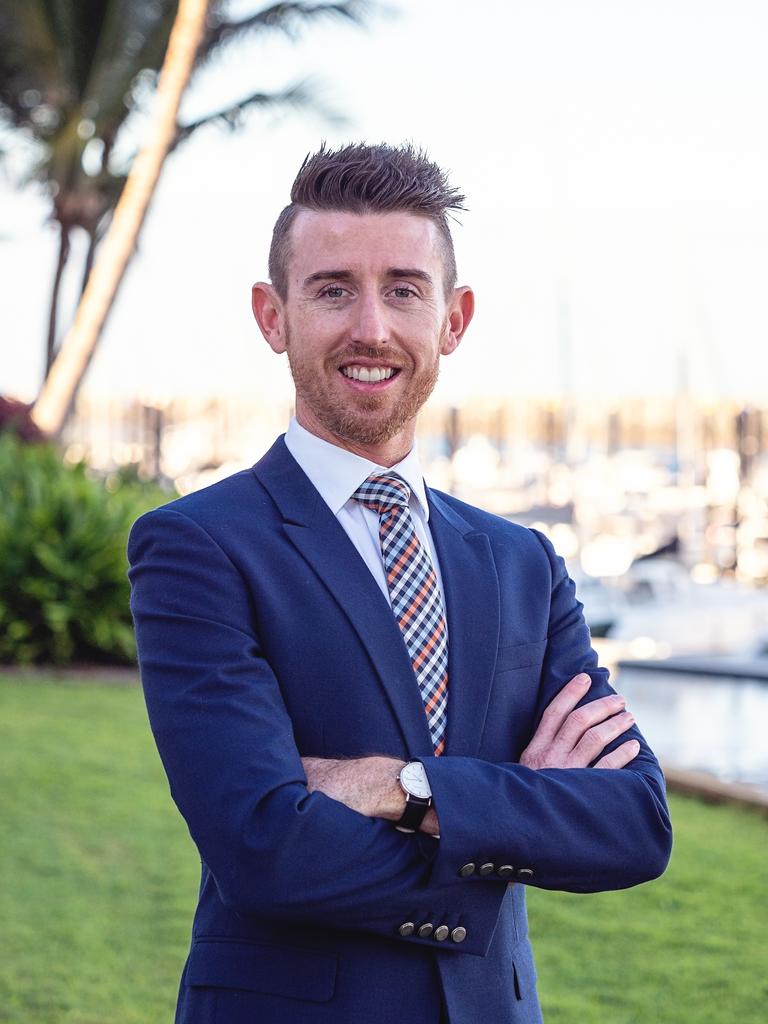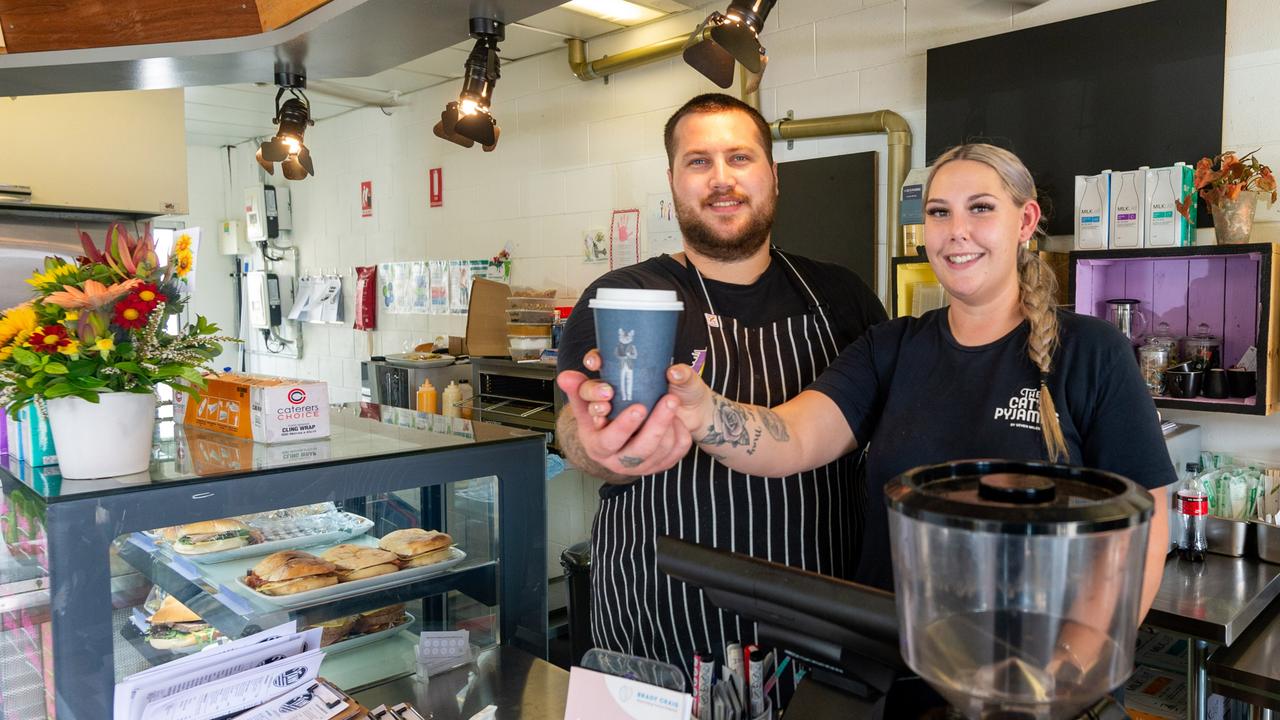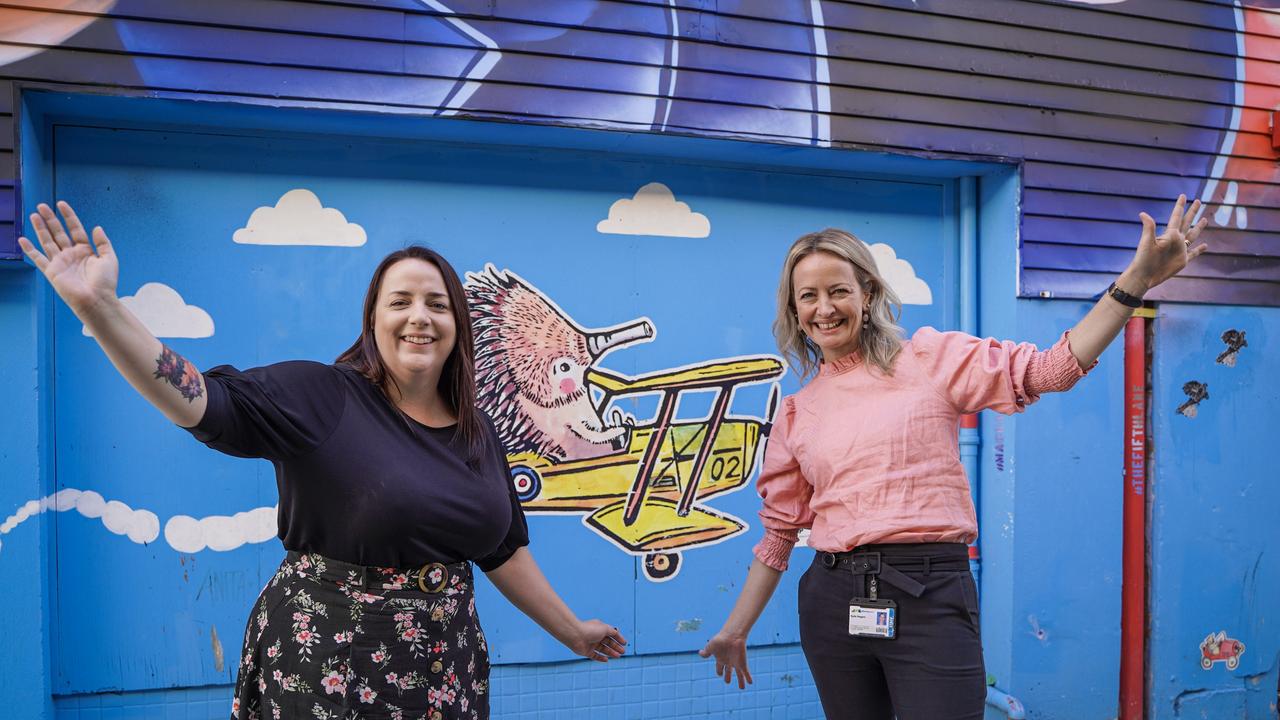Mackay’s transforming economy from mining town to family destination
A Queensland city is transforming itself from a mining town to a lifestyle destination for modern families.

Luxury cars and RM Williams are replacing LandCruisers and steel cap boots in Mackay, a city transforming itself from a mining town to a modern destination in demand from families.
Mackay is a city that knows what it is to boom then bust, and now is riding a resurgence of economic stability and lifestyle desirability.
Its urban centre is busy daily with booked-out cafes and restaurants a positive sign the city is bucking the trend of struggling CBDs.

Unemployment remains below 1 per cent and just 5 per cent of the population accessed JobKeeper as the Covid-19 pandemic devastated small and medium businesses.
Queensland’s fourth largest regional centre, and 22nd largest urban settlement in Australia, has long been considered a mining town despite no mine pits within 100km and it is a reputation Mackay Mayor Greg Williamson is eager to relegate to the history pages.
“The fact we’re on the coast has the best outcome of liveability and livelihoods and that’s why we’re seeing the region so busy at the moment,” Mr Williamson said.
“There’s no doubt we are attracting a broader spectrum of workers in our community now, and we will wait for the Census to ground truth a lot of this.

“We can see from anecdotal evidence and real hard evidence that people are wanting to move out of the southern capitals and there’s a certain tree-change happening right now.”
He said the housing market was starting to climb towards figures not seen since 2017, and approved residential and commercial construction in the past 12 months reached $434 million.
“That’s the highest since 2014 – those figures for domestic and commercial construction are really heartening,” he said.
“There’s 12,800 rented properties in Mackay and 0.9 per cent of those are vacant so that shows how healthy that industry is.
“What we’ve got to concentrate on is that the people who elect to live in our community do so because they love it and see pathways for their kids.”
A key element to that goal is incubating the jobs of the future in the bio-industry sector, with Mackay poised to become a leader in the emerging technologies.
It is a pivot away from mining and back to the region’s traditional industry in sugar and how that can deliver jobs of the future for Mackay’s families.

“It’s looking at how we can tweak the underpinning sectors of our economy to match jobs of the future that are going to excite our young people and keep them here,” Mr Williamson said.
“And that’s not about mining coal, that’s about how the industry can be diverted away from diesel to bio-diesel and how the industry sector that has been with us for 160 years – sugar – can contribute to the future.”
Like the council, Mackay Region Chamber of Commerce president Geoff O’Connor is waiting for the Census to quantify what he can see happening in the city.
A Lamborghini parked across from his SBB Partners office suggests the average household income has climbed since the 2016 Census.
About 9 per cent of Mackay’s 113,000 population earns above $156,000 a year based on 2016 Census data.
Another 12 per cent earn between $104,000 to $130,000 a year, and 8 per cent between $130,000 and $156,000.
Down the pay scale, 12 per cent earned between $52,000 and $78,000.
Hiring enough staff remains a crutch and while about 5 per cent of the eligible population accessed JobKeeper at the height of the pandemic, small to medium businesses continue to struggle finding workers.
“From a chamber of commerce point of view, it’s thrive and survive,” Mr O’Connor said.
“Post Covid, Mackay businesses have done really well.

“The vibe I get and the feedback depends on which industry they’re in.
“With cafes … the biggest thing was coming back to find staff – it wasn’t that there weren’t consumers, it was the fact there wasn’t enough staff.”
But rather than admit defeat, businesses have adjusted to catering for hotels and motels enjoying low vacancy rates, and offering takeaway meals.
Brandan and Billyjean Tranberg made the bold decision to open their newest cafe Y.A.W. in the CBD in August last year, and have thrived.
“We started out really strong when we opened and business has been growing every month,” Mrs Tranberg said.

“We are in the process of purchasing two other cafes from Brandan’s family and have future plans to open another outlet in the CBD in the near future.
“We as a family are so grateful for the support and love from everyone in the Mackay community.”
Mr O’Connor said businesses had stepped up to support each other during Covid-19, and the region’s strong economy had diversified.
“One of the things for Mackay is getting away from the mining sector,” Mr O’Connor said.
“Yes it is a big employer but it’s not the largest.”
Mr O’Connor, a director at SBB Partners, said he expected the Census to quantify the increase in Mackay’s disposable incomes that had climbed since the 2016 mining bust.
“The net wealth of the community has definitely increased,” he said.
“And they have been reinvesting in our community.”

>>Mackay CBD: New Place Plan brings new events to city centre
Future planned projects include opening up the CBD to the Pioneer River waterfront and revitalising the city centre.
“We’ve got some cool things happening that’s bringing a lot of people to Mackay and that’s the best it has been in a long time,” he said.
“There’s the waterfront PDA which is similar to what is done in Yeppoon and the revitalisation of the city centre and the revitalisation of the city fronting the water.”

Those projects have one goal and it is that reputation Mr Williamson wants for his region.
“Our goal is to be the most liveable region in Australia and I think we’re well on our way,” Mr Williamson said.
“We’ve got to have livelihoods, a family focus and we’ve got to supply all the higher order services that any community would need.
“And I think we’re doing that.”





